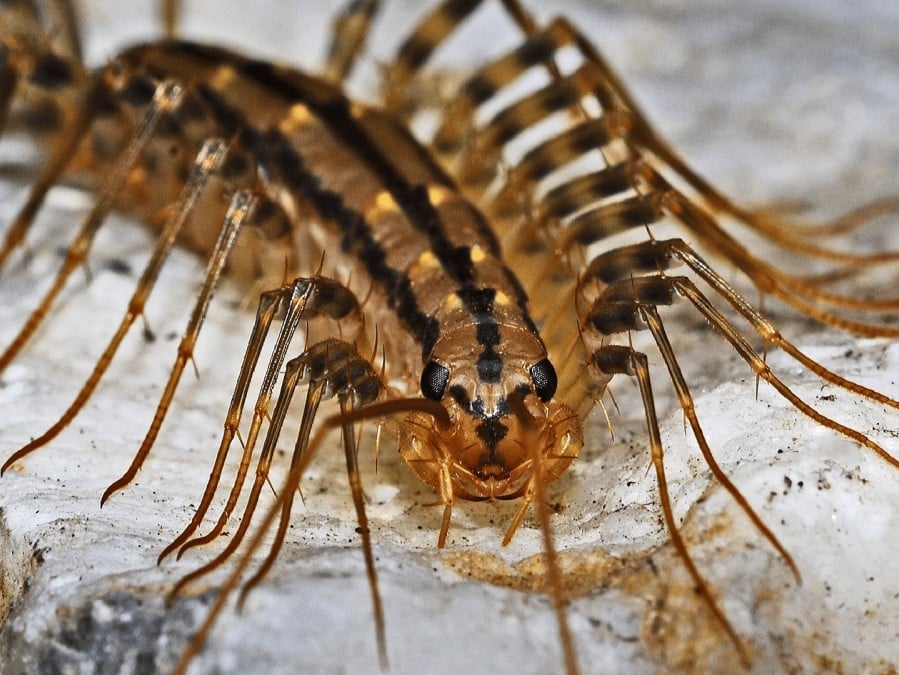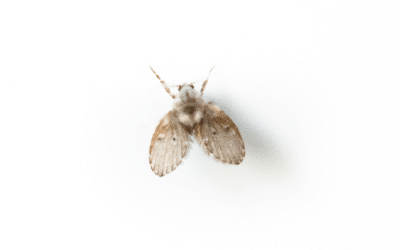There are many pests that people tend to fear. From cockroaches to spiders, there are many pests out there that are nightmare fuel for some people. For some reason, though, one of them tends to get overlooked in terms of their reputation. That creepy crawler is called the centipede.
Centipedes are a particular pest known for their legs as well as their sting. They are seen in many different parts of the world, and they all instill some fear in the people who encounter them. So, let’s dive a bit more into the centipede.
Introduction To Centipedes
Centipedes, millipedes, and other multi-legged creatures such as spiders, are members of the arthropod group. With over 8,000 species, centipedes can be found worldwide and in a wide range of habitats. According to research, the primary reason for this vast distribution is that these arthropods can adapt quickly to new environments and climates.
A common misconception is that centipedes have one hundred legs; however, depending on the living conditions, a centipede can have anywhere from 20 to 300 legs. Centipedes usually don’t exceed anything more than 350 legs (12 per body segment).
The length of a centipede can vary between 1/2 an inch to 13 inches long. Its size depends primarily on the living conditions, while its color may range from tan or brown to black or red. Centipedes have one pair of very long antennae behind the head and modified mouthparts called gnathosoma capable of piercing and sucking.
Centipedes can also be beneficial to humans because they prey on many harmful insect pests. If you have an insect problem, centipedes may help reduce the amount of them you may encounter.
Facts About Centipedes
There are many different facts in regards to centipedes. Listed below are some facts about centipedes to help you become more familiar with them.
- Centipedes can reach speeds of up to 3 feet per second when in motion. (BIG YIKES)
- Various species emit a hissing sound by forcing air through their spiracles (openings in the body segment)
- Centipedes are nocturnal predators, spending their days under rocks, logs, leaf litter, or other debris.
- A centipede’s first pair of legs is located on the last body segment and is used as sensory organs.
- The longest species of centipede is the giant Amazonian centipede which can exceed 12 inches in length.
- Centipedes prey on insects, spiders, earthworms, and even other centipedes.
- They have two fangs that puncture the prey’s exoskeleton so they can inject venom into their victim. The fangs are hollow to facilitate venom injection and point downwards.
- The centipede’s exoskeleton is dark brown/black, but many species can change color depending on their surroundings.
- Centipedes are found all over the world except at the poles and some islands.
- Centipedes can live for several years, and females often lay their eggs in a burrow, which she guards until they hatch.
- The most common centipede frequently encountered in homes is the house centipede. It is light brown, with up to 15 pairs of legs. They eat spiders, silverfish, and other small insects.
- Contrary to popular belief, a centipede can not bite a human being. They do deliver a painful stab with their venomous fangs.
- Some children with allergies have to be careful around centipedes as their sting can cause an allergic reaction.
- A centipede will not grow its legs back if one is broken off.
Centipedes can be beneficial in certain situations, but if you are surrounded by a number of them, then there may be an underlying problem. You likely might have an infestation of other insects in your home since centipedes frequently thrive in places that have plentiful prey. If you are looking for help with a pest problem, then contact us here to get started!




